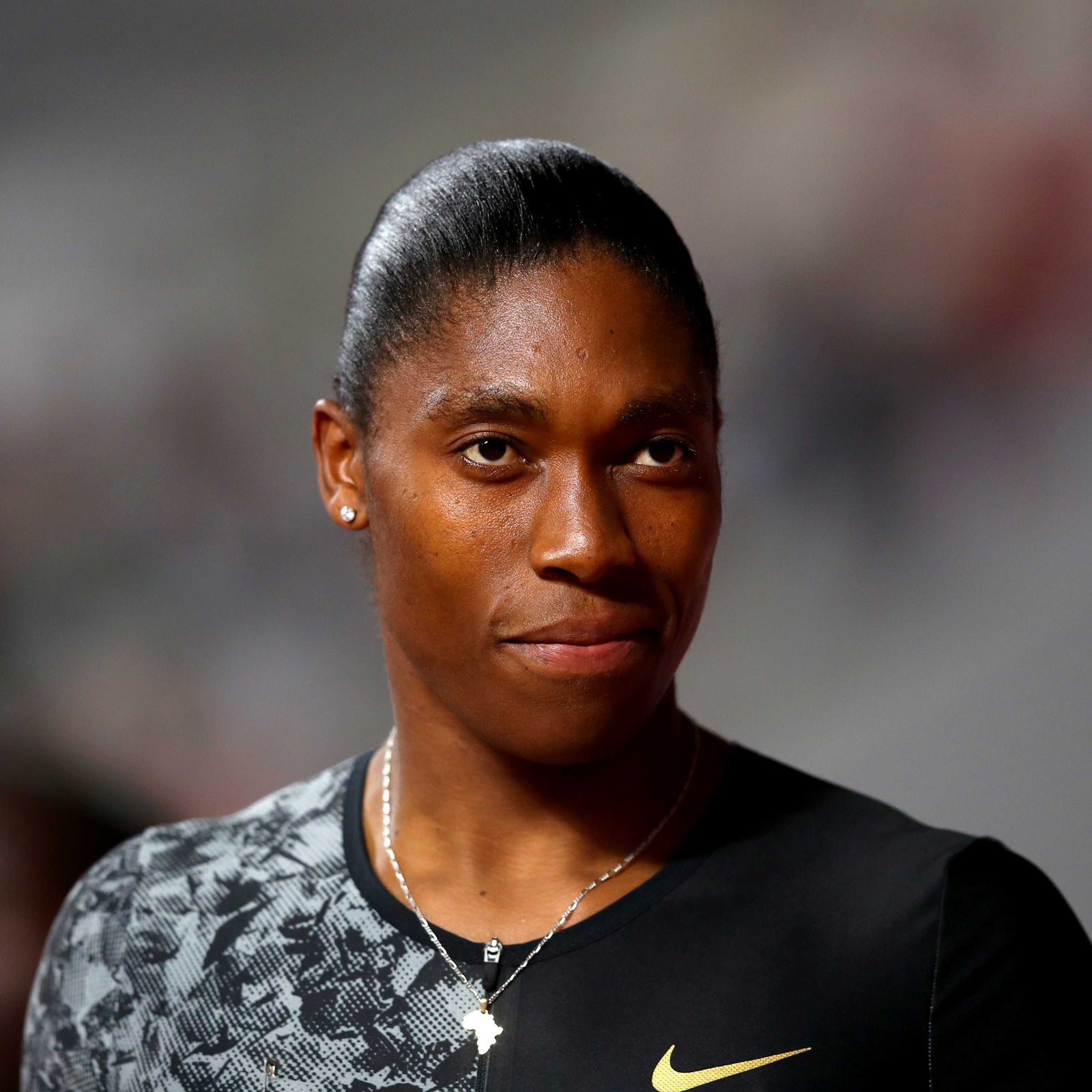One month after the Court of Arbitration for Sport (CAS) decided to uphold the International Association of Athletics Federations’ (IAAF) controversial testosterone regulations for female athletes, Switzerland’s supreme court has ordered the IAAF to suspend implementation of the new rules, which officially went into effect on May 8. (, not entirely unreasonably, why the Swiss supreme court has power over the IAAF, which is based in Monaco. Short answer: the IAAF is beholden to CAS, which is based in Switzerland and is hence beholden to that country’s highest judicial body.) The news comes as a win for Caster Semenya, the 800-meter runner who, along with Athletics South Africa, had filed the initial challenge with CAS.��
Semenya is the most prominent of female athletes who have XY chromosomes and natural testosterone levels between 7.7 to 29.4 nanomoles per liter (nmol/L)—a biological condition that the IAAF is calling “Differences of Sex Development,” or DSD. Under the IAAF’s new regulations, DSD athletes must artificially lower their T-levels to below five nmol/L if they wish to compete against other women in the 400-meters, 400-meter hurdles, 800-meters, 1,500-meters, and the mile. (The fact that the regulations only apply to these specific events has been a mini controversy in itself.) After she easily won the 800-meters in a meet in Doha on May 3, Semenya was asked by a reporter if she planned on reducing her natural testosterone.��
“Hell no,” .��
In mid-May, that Semenya would be competing in the 3,000-meters in the IAAF Pre Classic on June 30, which seemed to confirm that, rather than lower her T-levels, Semenya intended to race events that were not affected by the new regulations. As expected, Semenya and Athletics South Africa also last month. This appeal, however, didn’t automatically mandate a suspension of IAAF rules, so Monday’s news came as something of a surprise.��
“We filed [an appeal] last week, but what I didn’t say, and didn’t want to say [at the time] is that we had filed both an appeal and the application to suspend the regulations pending the appeal. We didn’t want to show all our cards,” Semenya’s lawyer Greg Nott Joanna Joseph in an interview on Monday afternoon.��
When Joseph asked what this suspension meant for Semenya in the short term, Nott had a curt response: “She can run the races that she’s been told that she cannot run,” he said.��
For how long will that be the case? In short, it depends.
According to Nott, the IAAF now has until June 25 to convince Switzerland’s highest court to lift the suspension. (This date has not been officially confirmed by the court or by the IAAF.) If the IAAF is not successful, then the suspension will stand until a decision is reached on whether or not to overturn the CAS ruling. The latter verdict could take months, so it’s conceivable that Semenya and other athletes impacted by the IAAF’s rules will be free to compete in any event in August’s World Championships without lowering their testosterone.��
What is unclear, however, is what would happen if the suspension is upheld, only to have the supreme court eventually side with the IAAF. If that happens, would DSD athletes who don’t lower their testosterone and medal at the World Championships eventually have their titles retroactively annulled? That would be a disaster for all parties involved.��
As of Monday afternoon, the IAAF has made no official announcement regarding the suspension.��It is also not clear how the governing body would even go about convincing the Swiss supreme court to lift the suspension, or how this short term debate differs from the larger one which made it necessary. In a similar vein, if the court rejects an IAAF plea to end the suspension later this month, does that mean that the court is also likely to side with Semenya’s team in the long run?
For now, nobody seems to know for sure.


